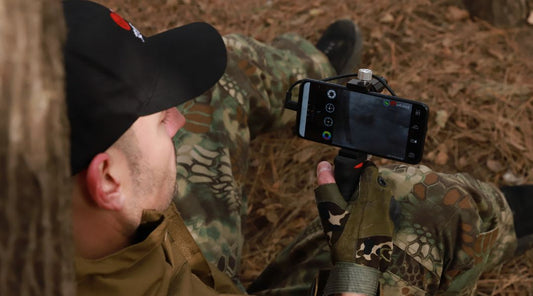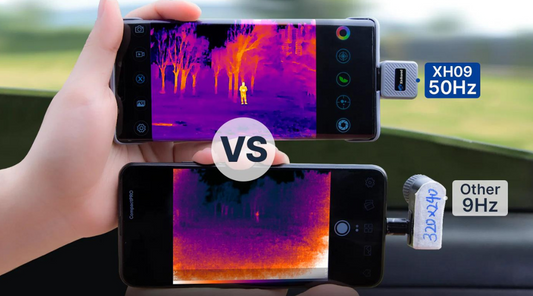Super Tips for Inspecting Heat Loss with Thermal Camera
In our quest for sustainability and cost savings, understanding and tackling energy loss has become paramount. One remarkable tool at our disposal is the thermal camera – a technology that not only reveals the unseen but also empowers us to identify and rectify heat loss issues in our homes and buildings.
Understanding Heat Loss
Heat loss, often insidious, occurs when buildings leak warmth through poorly insulated areas such as windows, doors, roofs, and walls. It's not just a matter of comfort; unchecked heat loss can lead to skyrocketing energy bills and an increased carbon footprint. By understanding the significance of heat loss, we take a vital step toward making our spaces more energy-efficient and eco-friendly.

The Role of Thermal Cameras
Enter the thermal camera, a marvel of modern technology. These devices work by capturing infrared radiation and transforming it into visible thermal images. The advantages are manifold: thermal cameras can quickly identify temperature differentials, highlight cold spots, and reveal hidden heat escape routes that might not be evident to the naked eye. Compared to traditional methods, they offer efficiency, speed, and accuracy in assessing heat loss.

Preparing for Inspection
Before embarking on a heat loss inspection journey, ensure that your thermal camera is in optimal working condition and properly calibrated. Furthermore, choose suitable weather conditions for your assessment, as external factors can influence your readings. Safety should always be a priority during inspection; stay aware of potential hazards in the area you are examining.

Conducting the Inspection
Let's get down to business. When inspecting heat loss with a thermal camera, a systematic approach is crucial. Begin with an exterior inspection, identifying cold spots and thermal anomalies on windows, doors, and walls. Move indoors to check for temperature disparities and pinpoint heat leakage routes within the building. Document your findings using both thermal imagery and visual records, noting specific areas that require further attention.

Analyzing Thermal Images
Thermal images might appear like abstract artwork to the untrained eye, but they hold a wealth of information. The color gradients and temperature variations in these images can provide valuable insights into the severity of heat loss. Look for patterns that indicate where the greatest energy loss is occurring. To delve even deeper, utilize software tools that allow for advanced image analysis.

Addressing Heat Loss Issues
Armed with your inspection results, it's time to take action. Prioritize the areas that require insulation, sealing, or repairs based on the severity of heat loss. Whether it's sealing gaps in window frames or adding extra insulation to your attic, the solutions you choose will depend on the specific issues uncovered during the inspection. When in doubt, don't hesitate to collaborate with energy experts or professionals to ensure the most effective measures are taken.
Long-term Benefits
The efforts you invest in detecting and addressing heat loss will pay dividends in the long run. By implementing the solutions identified through thermal imaging, you stand to experience significant energy savings. Moreover, improved insulation and reduced drafts will enhance indoor comfort, making your living or working space more pleasant year-round. As you contribute to energy conservation, you also contribute to the preservation of the environment.
In the pursuit of energy efficiency and cost-effective solutions, the thermal camera emerges as a valuable ally. By following the super tips outlined in this article, you can confidently inspect and address heat loss issues in your living or working space. Armed with the insights gleaned from thermal imaging, you'll be on the path to a more sustainable, comfortable, and environmentally friendly future.




